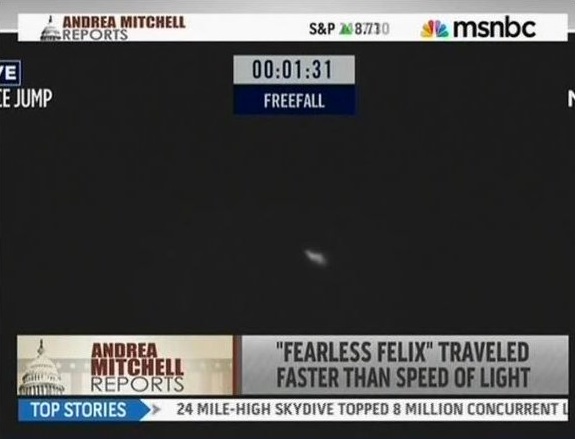

The wavelength of a sound is the distance between adjacent identical parts of a wave-for example, between adjacent compressions as illustrated in Figure 2. The relationship of the speed of sound, its frequency, and wavelength is the same as for all waves: v w = fλ, where v w is the speed of sound, f is its frequency, and λ is its wavelength. Similar arguments hold that a large instrument creates long-wavelength sounds. So a small instrument creates short-wavelength sounds. High pitch means small wavelength, and the size of a musical instrument is directly related to the wavelengths of sound it produces. Small instruments, such as a piccolo, typically make high-pitch sounds, while large instruments, such as a tuba, typically make low-pitch sounds. The wavelength of sound is not directly sensed, but indirect evidence is found in the correlation of the size of musical instruments with their pitch. You can also directly sense the frequency of a sound. The flash of an explosion is seen well before its sound is heard, implying both that sound travels at a finite speed and that it is much slower than light. You can observe direct evidence of the speed of sound while watching a fireworks display. Sound, like all waves, travels at a certain speed and has the properties of frequency and wavelength. Sound travels more slowly than light does. When a firework explodes, the light energy is perceived before the sound energy.


 0 kommentar(er)
0 kommentar(er)
